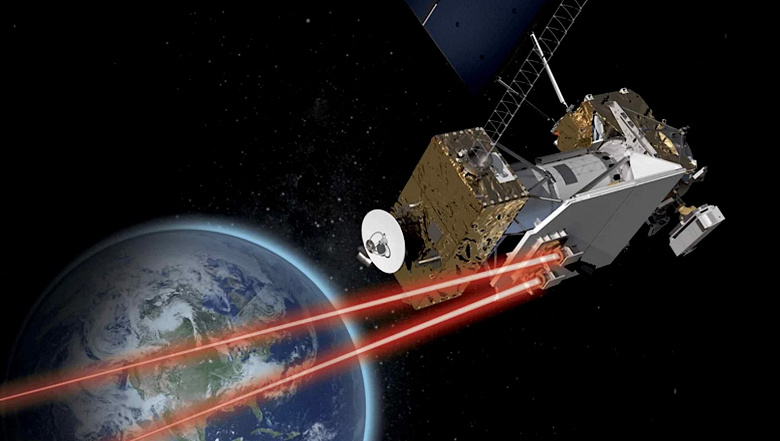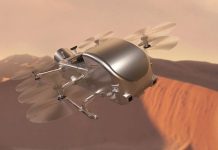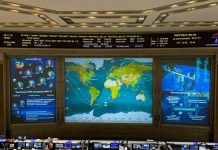The new laser system will be able to protect spacecraft from collisions using advanced artificial intelligence algorithms
NASA, in collaboration with West Virginia University, is developing a multi-functional space laser system that will be able to protect the nation’s space assets from catastrophic collisions and other potential space threats. Using artificial intelligence algorithms, these space lasers will deflect or even be able to deorbit objects that could threaten operational satellites in low Earth orbit. If the technology is successful, this system could be used to deflect an incoming meteorite.

More and more countries are launching satellites into space as part of their space exploration programs, and the vast majority of them are in low Earth orbit. As a result, the region is becoming increasingly populated with damaged or failed satellites.
NASA space lasers: Earth’s first line of defense against catastrophic collisions with space debris
Because of their colossally high speeds, even the smallest of these pieces of debris can cause catastrophic consequences for operational satellites, other spacecraft, or even people working on the ISS. The ISS had to change its orbit several times to avoid collisions with space debris. The situation has gotten so bad that many scientists around the world are even calling for a treaty to mitigate the threat from space debris.
Many innovative solutions to the problem of uncontrollable objects in low Earth orbit have been proposed or are in development. So, NASA and West Virginia University began developing a new system.
Over the past few decades, the science and engineering of using lasers to defend against threats and neutralize targets has evolved significantly. Improvements to sophisticated military laser systems are already being tested by the US Navy, Air Force, and Army. The Israeli Ministry of Defense has also deployed lasers to protect its borders from airborne threats. West Virginia University has received funding from NASA to develop a smart system that can use already developed laser technologies to counteract collision threats.
This system is not designed to destroy debris like a military laser that shoots down a missile or drone. The space laser is designed to repel debris using a process called laser ablation, as well as pressure from the laser’s light. Laser ablation works by vaporizing a small piece of a target, creating a molten mass on its surface. This mass, along with the photon pressure of the laser itself, pushes debris out of its orbit, changing the overall trajectory enough to prevent it from colliding with another object.
Another advantage of this system is its versatility. Many proposed solutions to the space debris problem target large pieces of debris. This one will be able to target small fragments or pieces of debris that are difficult to get rid of but could cause significant damage if they collide with a working satellite.
As noted, the long-term goal of the project is to create and deploy a network of space lasers around the world.




